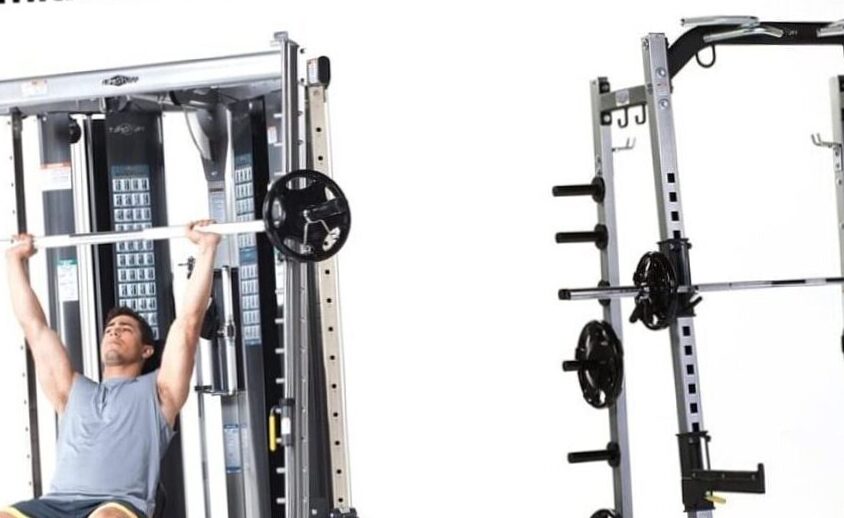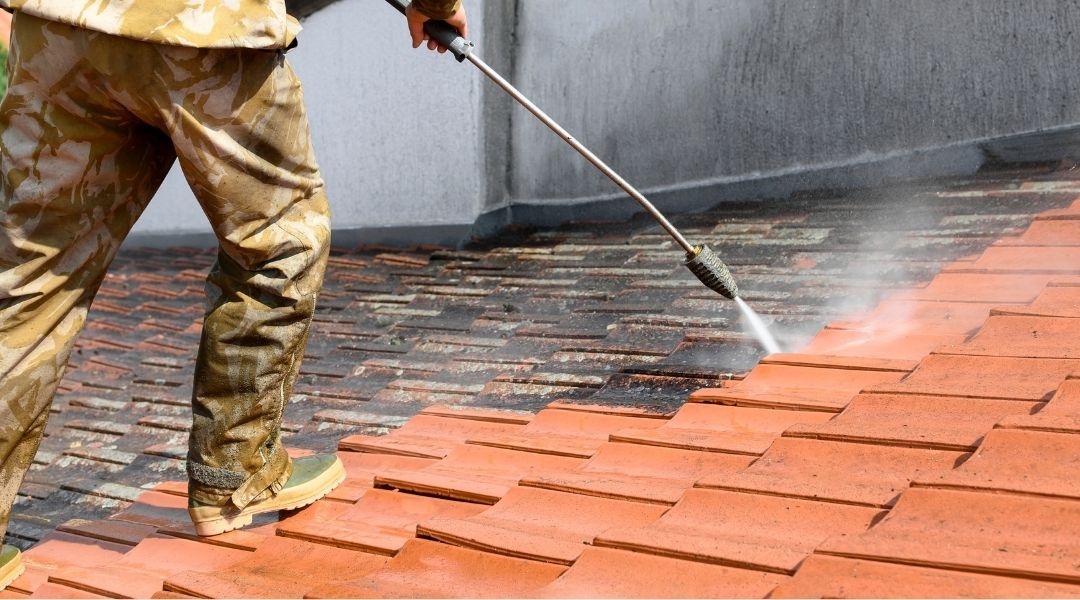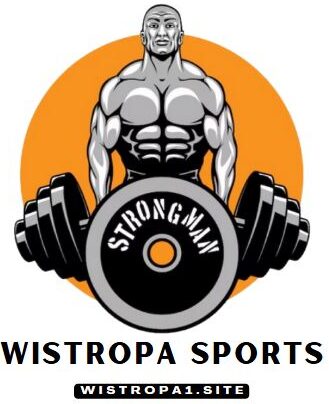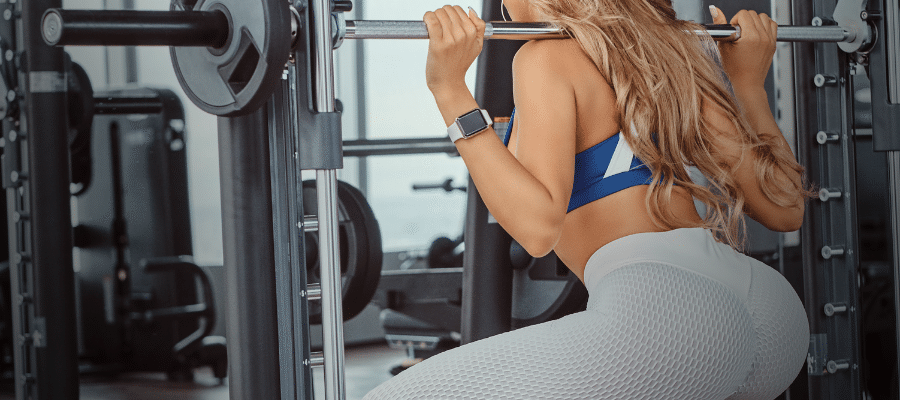Council of the coach: the assisted squat The assisted squat is an exercise to strengthen the lower body suitable for beginners of the standard squat. As a movement of body weight with a suspended bar, the assisted squat is suitable for all levels and all fitness skills. It is an evolutionary exercise, because the bar allows a quick positioning that can make exercise easy or difficult. To be successful in the assisted squat, discover the 5 councils of the coach in this article.
How to make an excellent assisted squat?
A well consolidated squat will allow you to strengthen your legs, buttocks and muscles. In addition, it preserves the health of the bones and joints and improves the mobility of the lower body and sporting performance. However, a seriously performed squat will not activate the right muscles with good intensity, it will force you to force too much on the joints. In addition, a scarcely performed squat will increase the risk of injury. To avoid undue appropriation of the assisted squat, here are 5 tips on the coach:
- Find the right position
To make an assisted squat, you have to find support on the ground that seems more comfortable to you. You can point your toes out or keep your feet well parallel. So look straight and are straight. When you think about the squat, remember to sit and not bend your knees. Then dirig the buttocks backwards lowering the hips and place the weight on the heels.
- Turn the knees
Try turning your knees slightly to the outside when you go down to the Tozzo position. In addition, the sphere joints must go in the same direction as the toes. Be sure that the knees do not return inside and that they remain well aligned on your feet.
- Not vault in the back
To avoid voting for your back, Dirigi your right appearance in front of you, then open your chest and release your shoulders. Then place your hands directly in front of you. However, if they fall towards the knees during the Tozzo movement, this means that the back is at a time.
- Do not lift the greenhouses
For an excellent assisted squat, you must always keep the heels on the ground and push the heels to restart yourself. However, if you can’t do a squat without putting your weight on the front of the foot, remember to work the flexibility of the ankles.
- Contract your muscles

You have to contract your muscles during your movement, it is the key to a strong abdominal strap. The latter is necessary to transfer the strength of the thighs to the upper part of the body and the bar.
THE Assisted squat It is an exercise that will allow you to do a flexion of the legs with a vertical back. It is also a sporting exercise that develops strength and ability that allow classic squat. Create a playlist and practice all the coach’s advice to create an excellent assisted squat!
wistropa1 Maisons Laffette – wistropa1 Mother – wistropa1 Maintenon – wistropa1 Lambes – wistropa1 Pont du Château – wistropa1 Auenheim – wistropa1 Serris – wistropa1 Mâcon – wistropa1 Marseille – wistropa1 City Vertiizon – wistropa1 Hit Paris 15E 15E 15E 15E 15E 15E 15 15E 15E 15E
How to Perform an Excellent Assisted Squat: 5 Coach-Approved Tips
The assisted squat is an ideal lower body exercise for beginners who want to build strength, balance, and proper form before progressing to unassisted or weighted squats. It involves using a suspended bar, resistance bands, TRX straps, or any fixed support to help guide and stabilize the movement. This makes the exercise accessible for individuals of all fitness levels, from total beginners to seasoned athletes recovering from injury.
Here are five expert coaching tips to help you master the assisted squat and get the most out of your training:
1. Choose the Right Support
Select a stable and secure bar or suspension system. The support should be at chest height and allow you to lean back slightly without losing balance. This will help you keep your weight in your heels and maintain proper alignment throughout the movement.
2. Focus on Form Over Depth
Depth comes with time. Start by mastering the correct squat form: feet shoulder-width apart, chest upright, core engaged, and knees aligned with your toes. Go as low as you can without compromising form. Over time, flexibility and strength will allow deeper squats.
3. Control the Movement
Avoid rushing through repetitions. Lower yourself slowly, using the support only as needed. Engage your glutes and thighs as you push back up. Controlled movement ensures muscle engagement and prevents injury.
4. Adjust the Difficulty
Make the squat easier or harder depending on your level. To make it easier, use more assistance and reduce the range of motion. To challenge yourself, use less support, slow down the tempo, or add pauses at the bottom of the movement.
5. Include it in Your Progression
The assisted squat is not just for beginners—it’s also a great warm-up or active recovery movement. It helps reinforce proper movement patterns, making it a useful part of any leg day or functional training routine.
latest posts published

What to do when someone passes out?

Who to call? | When and why consult a neuropsychologist in Annecy?

The trendy furniture object | A rocking gray meat: why buy it?

What roof cleaning company in IMMALE and Vilaine?

The cerettiere of the car, especially an ecological tool

What is alternative tourism?

Limit internal humidity thanks to the isolation of space

Why opt for ceiling molding?

The 7 questions often asked about plant medicine


